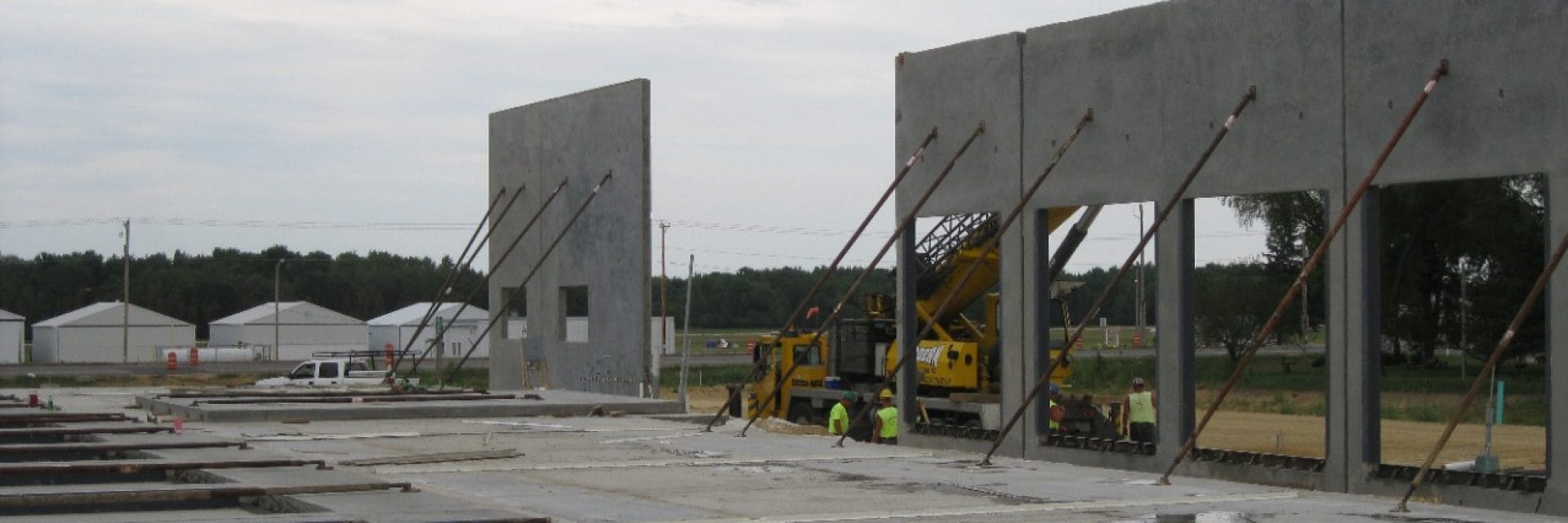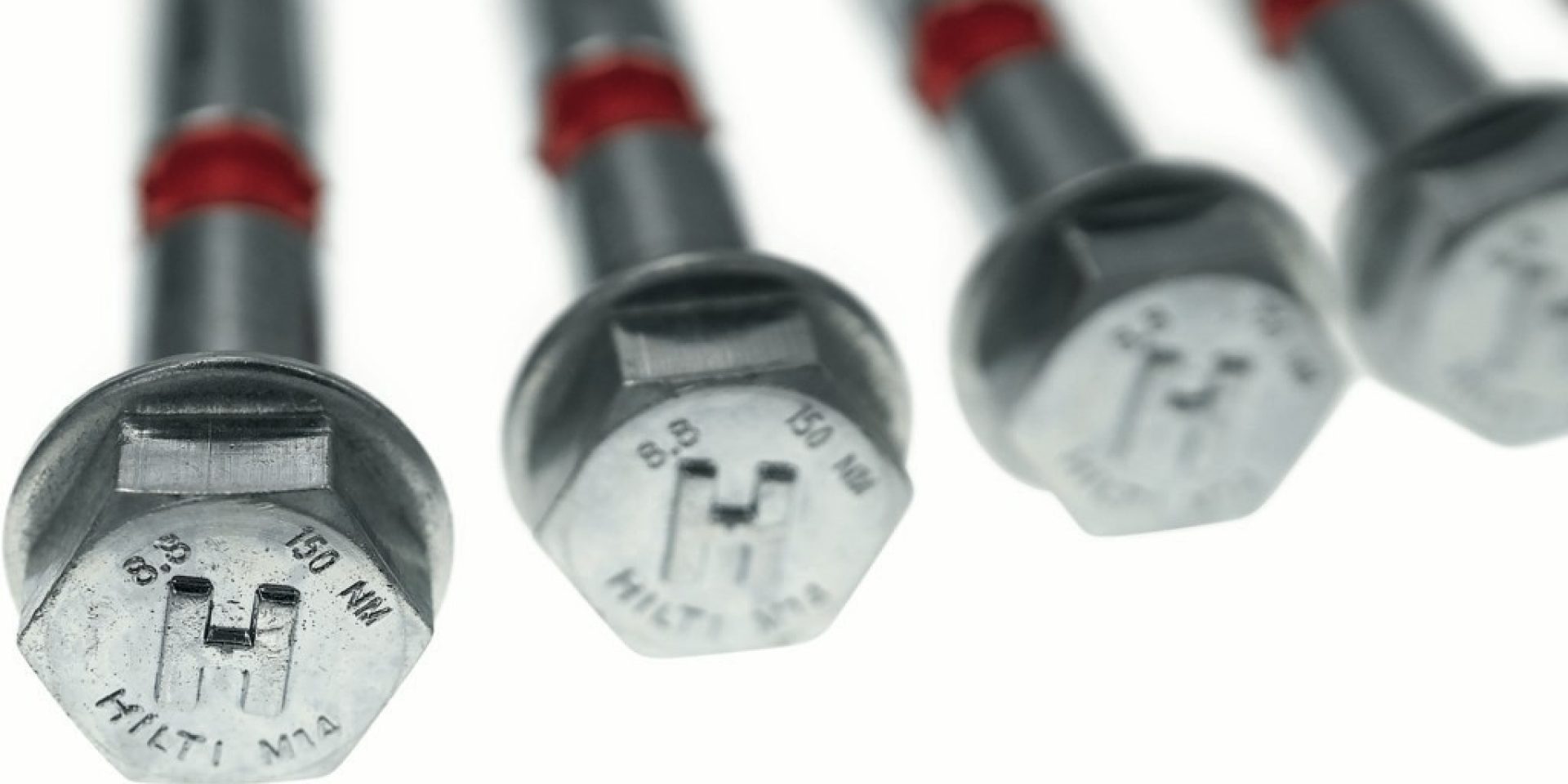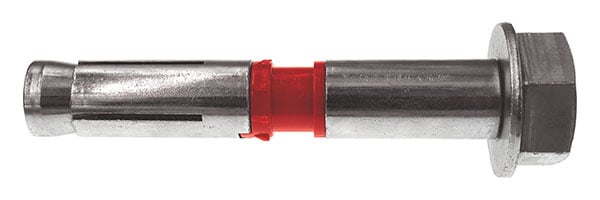MAKE PRECAST CONSTRUCTION SAFER AND EASIER WITH THE RIGHT EQUIPMENT
Improving tilt panel installation with Hilti's new HBI anchor

AN INTRODUCTION TO TILT-PANEL CONSTRUCTION
In a nutshell, tilt panel construction involves prefabricating large concrete panels, which are then lifted into place and fastened to a slab. The first step in the process is slab preparation, where the large concrete segments are cast. This typically happens in one of two ways; the panels can be cast directly on-site to minimise transport costs or they can be prepared off-site and then transported by truck. While on-site casting is very convenient, transporting the panels is more common in bigger cities where space is at a premium.
Once the panels are in position, they are lifted up and held in position by special supports known as 'props' or 'braces'. One end of a prop attaches to the vertical concrete panel, while the other end is directly fastened into the slab itself. Once each panel has been erected and fastened together, the building will be stable and ready for completion.

THE BENEFITS AND CHALLENGES OF PRECAST CONSTRUCTION
Here in New Zealand, Precast construction was traditionally used for low-rise industrial estates in areas with lots of flat land, where the process could be completed incredibly quickly. Over time though, the benefits of tilt panel construction has seen the method move to the cities, and now there are more and more high-rise building projects, such as apartments, being undertaken with the technique. In many ways it's a similar technique to permanent formwork applications, and these two processes are becoming more and more popular thanks to their speed.
All of this being said, there are still several challenges associated with tilt panel construction. The first one of these is design tolerances, where each panel needs to be made accurately so that, when bolted together, every part lines up perfectly. Another big concern is safety, and although relatively rare, there have been a few instances over the years where panels have collapsed - highlighting the importance of proper installation.
Request a FREE sample for your jobsite
Share via:

